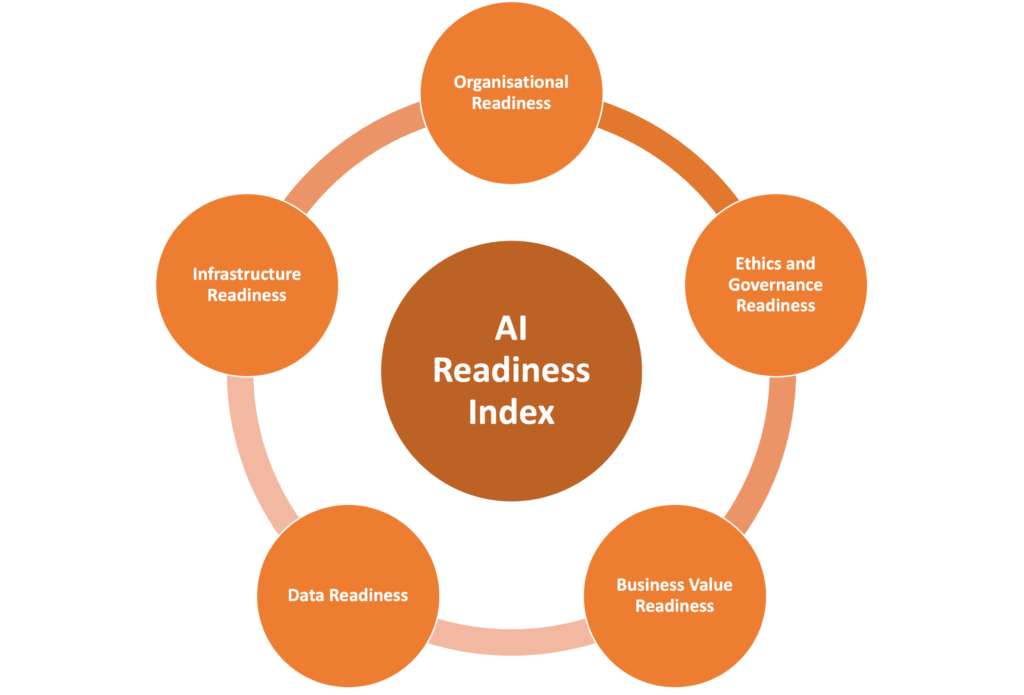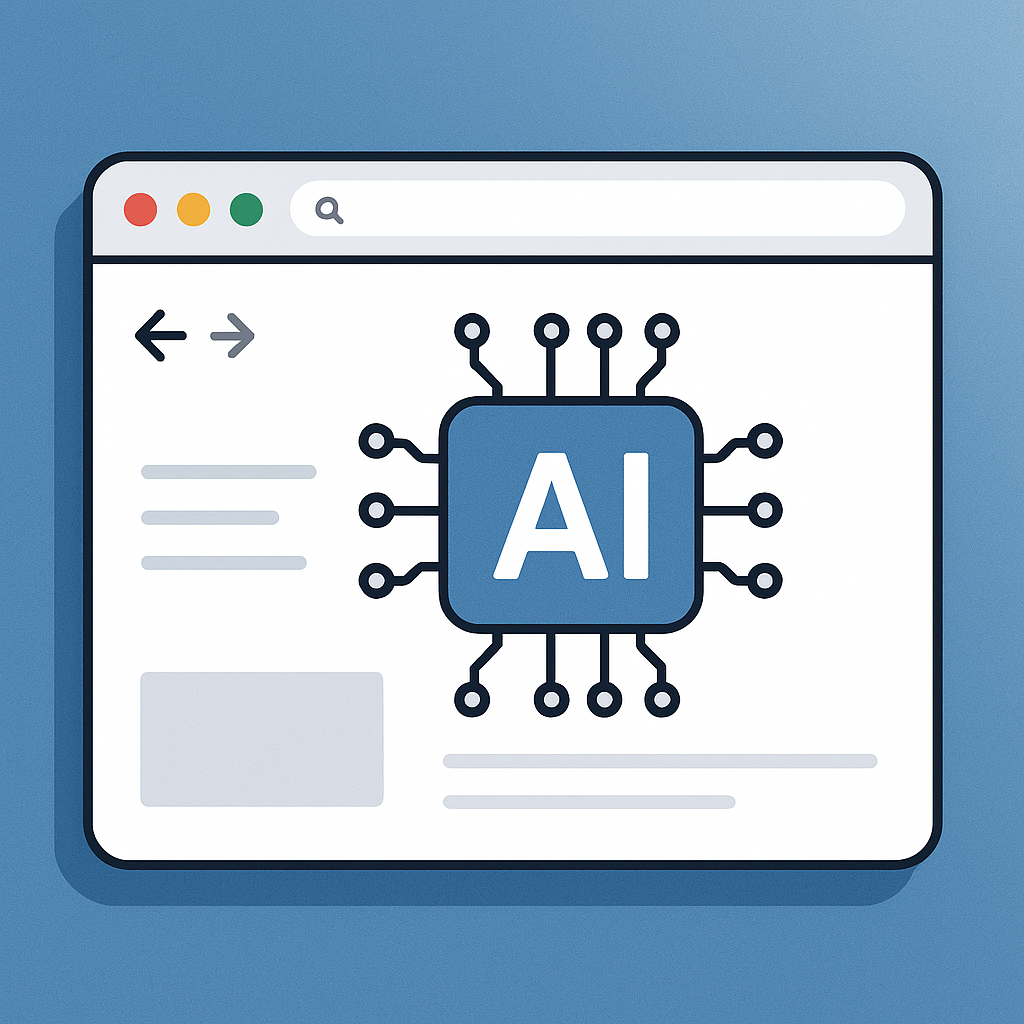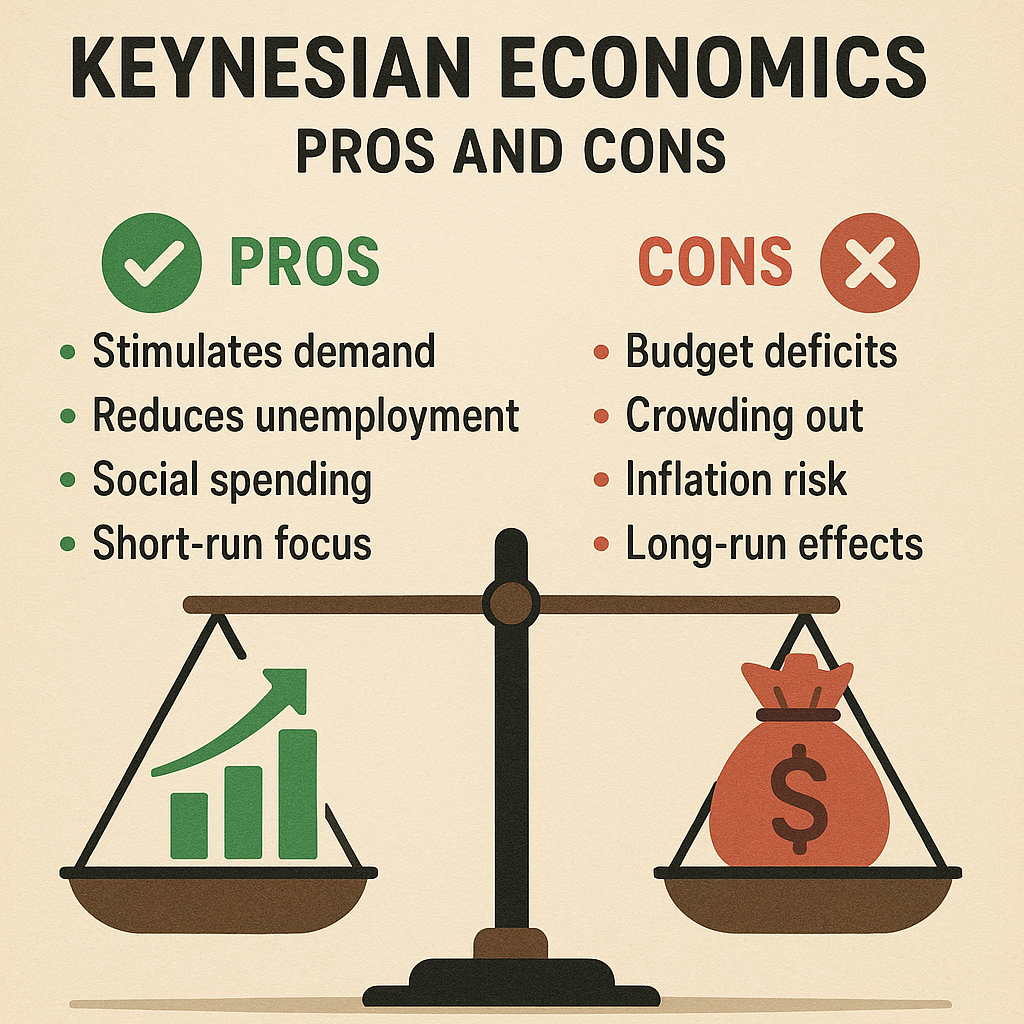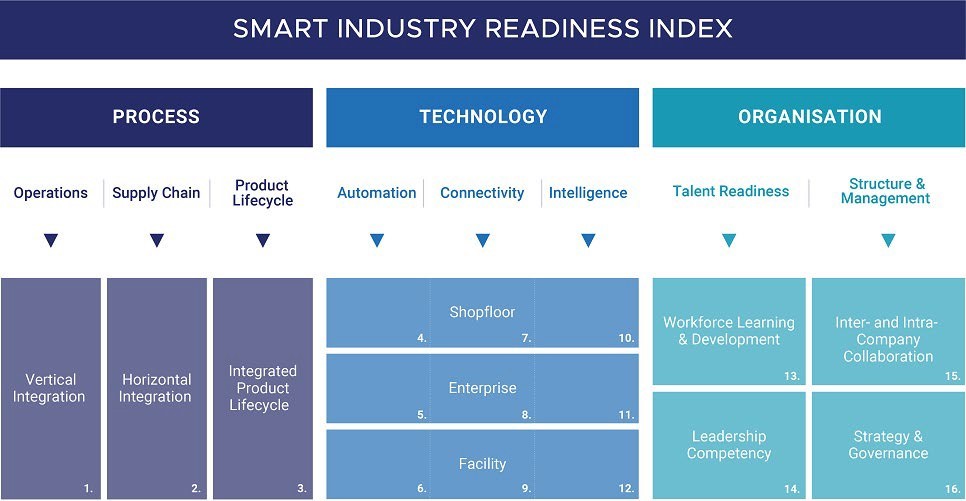
Technology Readiness Index: A Roadmap for Enhancing Business Technology Capacities
The Technology Readiness Index (TRI) is a vital guide for businesses aiming to elevate their technological capabilities. Organizations can identify their current strengths and weaknesses by providing a structured approach to assessing technology readiness and developing a targeted strategy for improvement.
Understanding where a company stands on the TRI can yield remarkable insights. Here’s how it can enhance technology capacities:
- Assessment Clarity: The TRI simplifies complex tech evaluations into clear categories, making it easier to pinpoint areas needing support.
- Strategic Planning: With a clear understanding of their technological state, businesses can tailor their strategic plans to specific needs, ensuring effective resource allocation.
- Informed Decisions: Regular evaluations provide a foundation for informed technology investment decisions.
For instance, a mid-sized company suffering from outdated software conducted a TRI assessment, revealing its low-tech readiness. This insight prompted them to prioritize software upgrades, increasing productivity and employee satisfaction.
Embracing the TRI as a roadmap enhances technological capabilities and transforms organizational growth trajectories.

Technology Readiness Index: A Roadmap for Enhancing Business Technology Capacities
Continuing our journey through technology readiness, the Technology Readiness Index (TRI) emerges as a pivotal tool for businesses aiming to strengthen their technological foundations. Organizations can craft a deliberate roadmap for enhancement by systematically evaluating their technology capabilities.
The TRI provides a clear picture through its framework, guiding businesses to understand where they currently stand. Here’s how using the TRI can be transformative:
- Identify Gaps: Businesses can pinpoint areas of weakness, whether infrastructure, skills, or process efficiency.
- Prioritize Investments: Armed with insights from the TRI, companies can prioritize where to direct technological investments for maximum impact.
- Foster a Culture of Innovation: Regular assessments encourage a proactive stance towards technology, igniting team innovation.
For example, a retail business that scores low in technological readiness may implement training programs for staff and invest in user-friendly platforms. This targeted approach ensures enhancements align with strategic objectives, paving the way for long-term growth and adaptability.
In essence, the TRI highlights challenges and empowers businesses to embrace technology as a driver of success.

Understanding Technology Readiness Index
It’s crucial to delve into what the Technology Readiness Index (TRI) means, particularly as companies strive to leverage technology effectively.
Definition of Technology Readiness Index
The Technology Readiness Index is a diagnostic tool designed to measure an organization’s preparedness to embrace and integrate technology. Essentially, it helps businesses assess how ready they are to adopt technological advancements, both in mindset and resources.
This index acts like a compass, guiding organizations toward effective technology adoption strategies. For instance, a company looking to implement cloud solutions can use the TRI to determine if they have the necessary infrastructure and expertise.
Components of Technology Readiness Index
The TRI is built upon several key components that provide a holistic view of readiness:
- Infrastructure: Evaluate the existing hardware and software systems.
- Skill Set: Measures employee proficiency and comfort with technology.
- Culture: Assesses organizational attitudes toward technology adoption.
By breaking down the index into these components, businesses can identify specific areas that require improvement, paving the way for meaningful technological evolution. This comprehensive understanding is essential for crafting tailored strategies for growth.
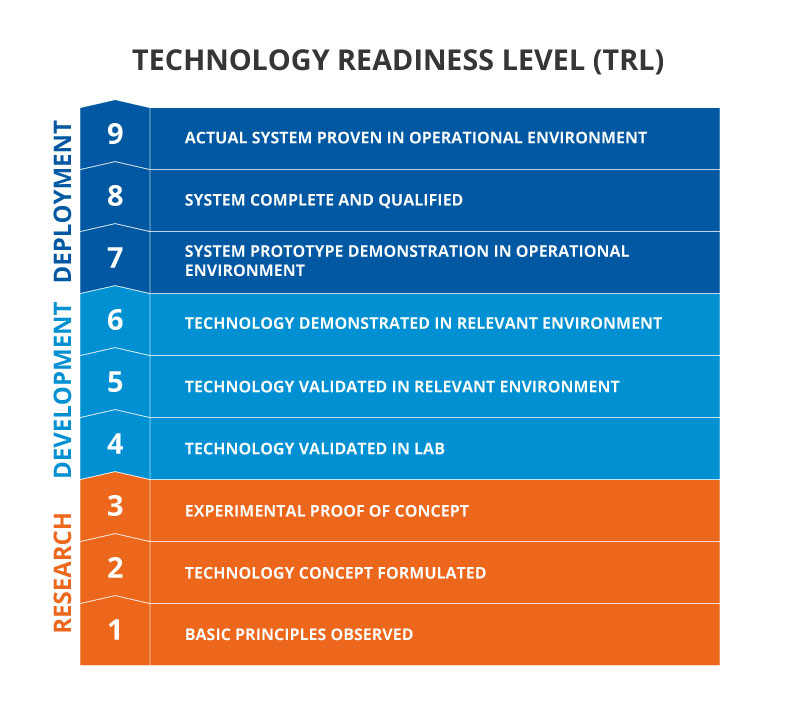
Importance of Technology Readiness Assessment
To fully appreciate the impact of the Technology Readiness Index, it’s essential to understand the significance of conducting a technology readiness assessment for businesses today.
Impact on Business Competitiveness
In today’s highly competitive market landscape, staying ahead hinges on a company’s ability to utilize technology effectively. A robust technology readiness assessment allows organizations to identify their competitive edge. For instance, a business that recognizes its strengths in data analytics can leverage this to enhance customer experiences and drive sales.
Ultimately, actively evaluating technology readiness improves operational efficiency and agility, allowing businesses to respond swiftly to market changes.
Benefits of Evaluating Technology Readiness
The advantages of regular evaluations cannot be overstated:
- Strategic Alignment: Ensures technology investments align with overall business goals.
- Risk Mitigation: Identifies potential risks related to technology adoption early on.
- Informed Decision-Making: Provides crucial data for leadership to make sound technological decisions.
For example, a manufacturing firm that conducted a technology readiness assessment was able to streamline its supply chain processes, resulting in a 20% reduction in costs. This story illustrates that evaluating technology readiness uncovers areas of weakness and illuminates pathways for innovation and growth.
Measuring Technology Readiness
Having established the importance of evaluating technology readiness, exploring the practical steps involved in measuring it effectively is essential.
Tools and Methods for Assessing Technology Readiness
Various tools and methods are available for businesses to assess their technology readiness comprehensively. Some popular options include:
- Surveys and Questionnaires: Tailored assessments can gauge employee perceptions and comfort levels with technology.
- SWOT Analysis: This strategic tool helps identify strengths, weaknesses, opportunities, and threats regarding technological capabilities.
- Benchmarking: Comparing technology readiness against industry peers can highlight areas needing improvement.
For example, a healthcare organization used employee surveys to uncover a lack of familiarity with new telehealth technologies, prompting targeted training sessions.
Interpreting Technology Readiness Scores
Once assessments are completed, interpreting the scores is crucial. A high score typically signals preparedness and effective technology infrastructure, while a low score may indicate urgent needs for improvement.
It's essential to break down scores into actionable insights:
- Identify Key Themes: Focus on the components that scored the lowest and address them systematically.
- Set Priorities: Determine which areas will most significantly impact overall readiness.
By interpreting these scores effectively, organizations can create tailored action plans that foster a culture of continuous improvement in technology readiness.
Enhancing Business Technology Capacities
Following the technology readiness assessment, organizations must implement strategies to enhance their technology capacities effectively.
Strategies for Improving Technology Readiness
Improving technology readiness requires a multifaceted approach. Here are some powerful strategies that can make a difference:
- Invest in Training: Regular training and workshops can elevate employees' technology skills and comfort levels.
- Upgrade Infrastructure: Investing in modern hardware and software keeps systems up-to-date and efficient.
- Encourage Collaboration: Fostering a culture of teamwork between IT and other departments can lead to better communication and more successful tech implementations.
For instance, a financial services firm revamped its training program after discovering that employees weren’t using new software tools effectively, leading to a 30% increase in productivity within months.
Implementing Technology Capacity Building Initiatives
Once strategies are in place, organizations often turn to capacity-building initiatives. These initiatives could include:
- Mentorship Programs: Pairing tech-savvy employees with those less confident can build skills organically.
- Creating Innovation Hubs: Designating specific teams to focus on technology-driven projects encourages experimentation.
By embracing these initiatives, businesses can cultivate a workforce that adapts to technological changes and thrives in them, positioning themselves for sustained success in a rapidly evolving landscape.
Case Studies and Success Stories
Having explored strategies for enhancing technology readiness, it’s inspiring to look at real-world examples that illustrate the effectiveness of these methods.
Real-life Examples of Technology Readiness Enhancements
One notable case is that of a mid-sized logistics company that faced challenges with outdated software. They identified gaps in employee training and infrastructure by conducting a thorough technology readiness assessment. The company invested in modern systems along with comprehensive staff training. Within a year, they saw a 25% increase in efficiency, demonstrating how targeted enhancements can transform operations.
Another success story comes from a healthcare institution that utilized telemedicine technology. After assessing their readiness, they conducted workshops to familiarize staff with the new systems, leading to a 40% increase in telehealth consultations and improved patient satisfaction ratings.
Lessons Learned from Successful Technology Capacity Building
These success stories reveal several critical lessons:
- Invest in People: Training is as crucial as technology itself.
- Tailored Solutions Work Best: Addressing specific readiness gaps produces more impactful results.
- Continuous Assessment is Key: Regular evaluations help maintain readiness in an ever-evolving technological landscape.
By learning from these experiences, businesses can adopt similar frameworks and enhance their technology capacity.
Future Trends in Technology Readiness
As we look to the future, it is essential to consider how evolving technologies will impact business technology readiness. The landscape is rapidly changing, and adapting to these trends is vital for maintaining competitiveness.
Evolving Technologies and Their Impact on Readiness
Emerging technologies like artificial intelligence (AI), blockchain, and the Internet of Things (IoT) are reshaping businesses' operations. For instance, a retail chain that integrates AI for inventory management can enhance operational efficiency but must ensure its staff is trained to use these new tools effectively. This underlines the need for a proactive approach to assessing technology readiness as new tools emerge.
- Automation: As businesses automate processes, understanding which employees require skills upgrades is crucial.
- Data Security: With growing data concerns, technology readiness now includes robust cybersecurity measures.
Predictions for the Future of Business Technology Capacities
Looking ahead, businesses will likely prioritize agility and continuous learning. Companies that embrace adaptive technology readiness assessments will be better equipped to pivot in response to market changes.
- Emphasis on Lifelong Learning: Organizations will increasingly focus on developing a culture of continuous skill enhancement.
- AI-driven Assessments: Future readiness assessments may leverage AI to provide more accurate, real-time insights.
As the business landscape evolves, embracing these trends will enable organizations to thrive and maintain a competitive edge in an ever-changing market.

